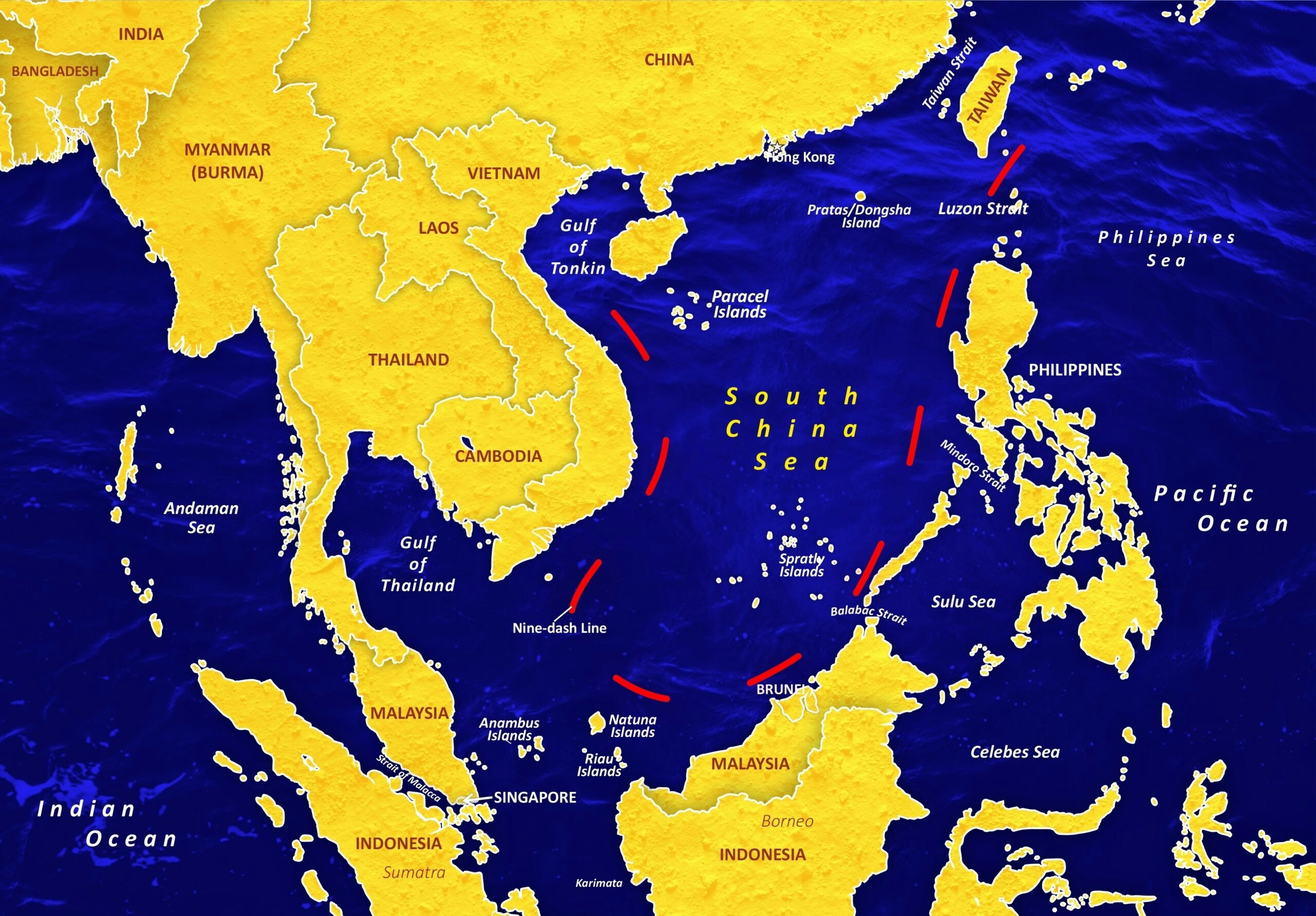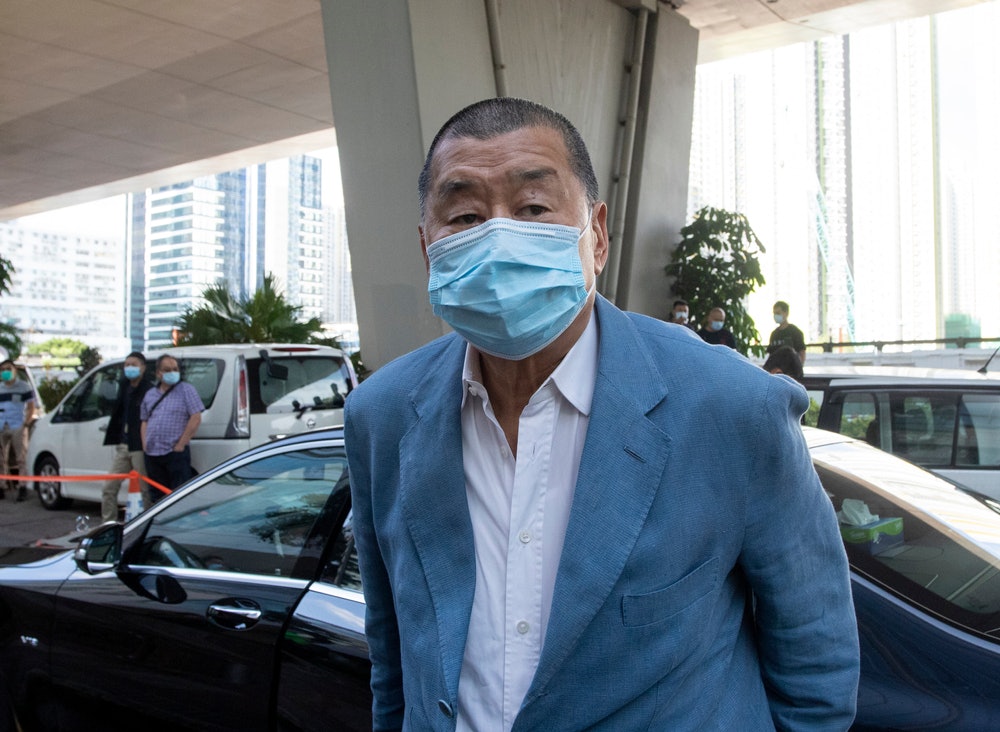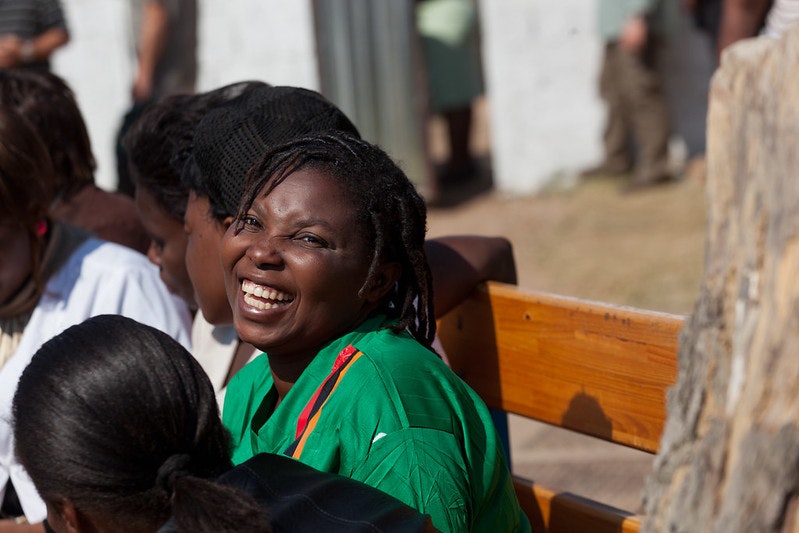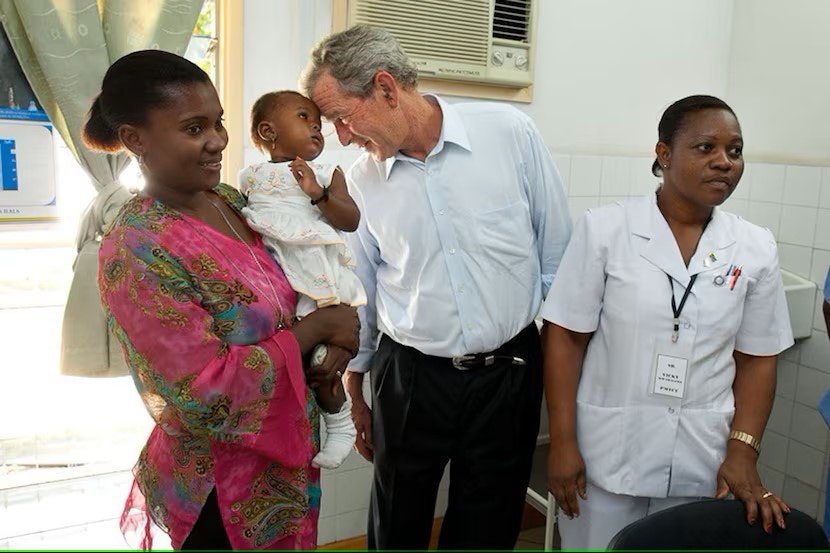The evolving relationship with multilateral organizations
Introduction
The cooperation that exists today among PEPFAR; UNAIDS; the Global Fund to Fight AIDS, Tuberculosis, and Malaria; and the World Health Organization (WHO) is the result of strong leadership, hard work, deft diplomacy, and effective use of data.
President George W. Bush always intended PEPFAR to complement multilateral investments. PEPFAR worked closely with UNAIDS from the start to develop the best global strategy, and that enabled optimal implementation of HIV prevention, treatment and care programs in all PEPFAR-supported countries.
But PEPFAR and the Global Fund, the two main financiers of HIV programs, often moved in parallel in their early years – funding programs in the same countries but not sharing plans and programming on the ground. PEPFAR’s partnership with the Global Fund has evolved over the past decade, becoming deeper and broader.
Cooperation with the WHO also took years to develop. The WHO now uses real-world data generated by PEPFAR countries to formulate technical recommendations that shape medical and public-health practice in much of the world.
Over time, all four institutions have understood the imperative of acting in concert, and PEPFAR and the Global Fund are delivering more results with the same level of resources.
The transition to controlling the HIV pandemic without a vaccine but with prevention, testing, and effective treatment, created the opportunity for PEPFAR to work in a deeper partnership with communities, United Nations (U.N.) agencies, and the Global Fund.
































